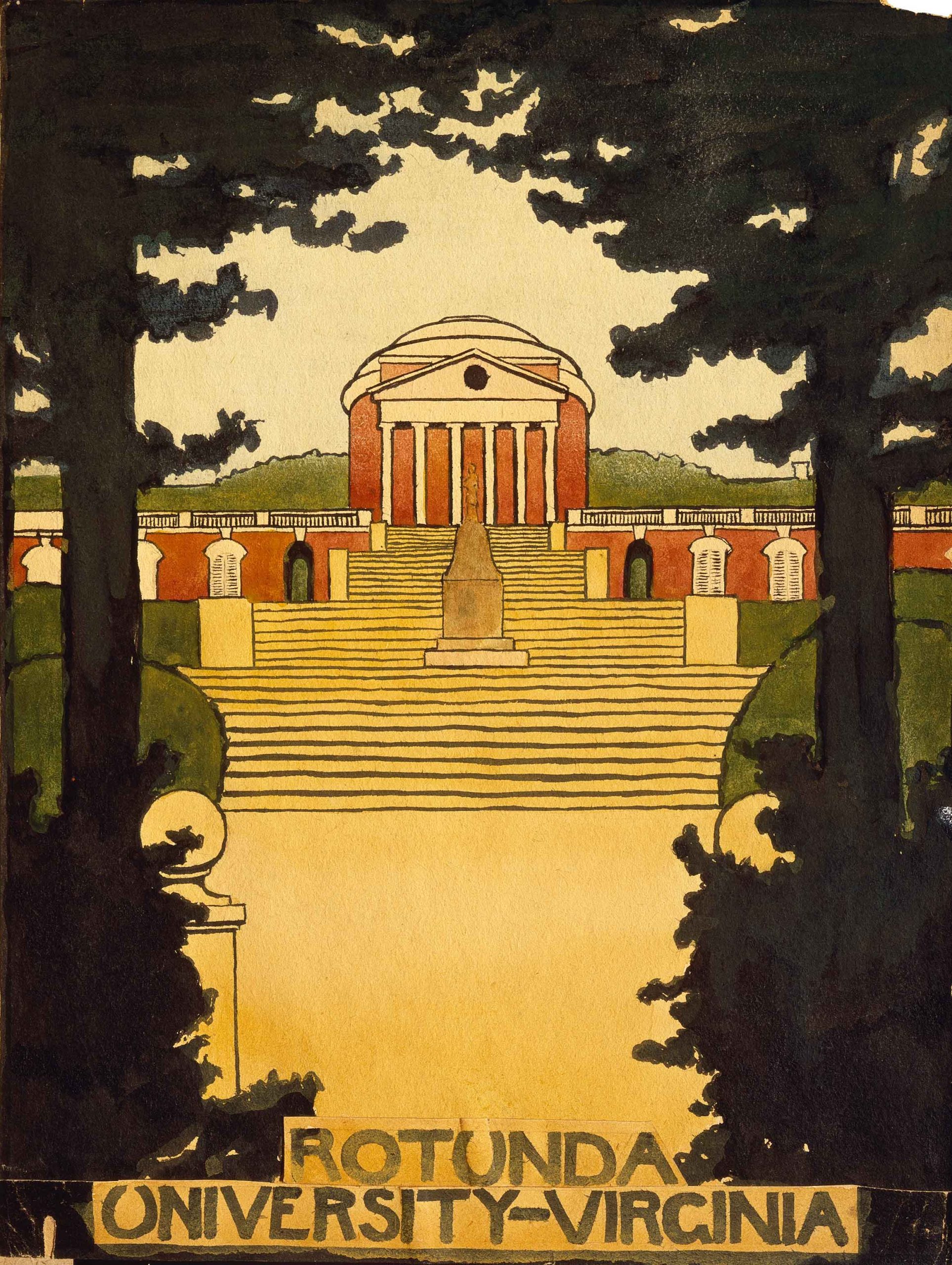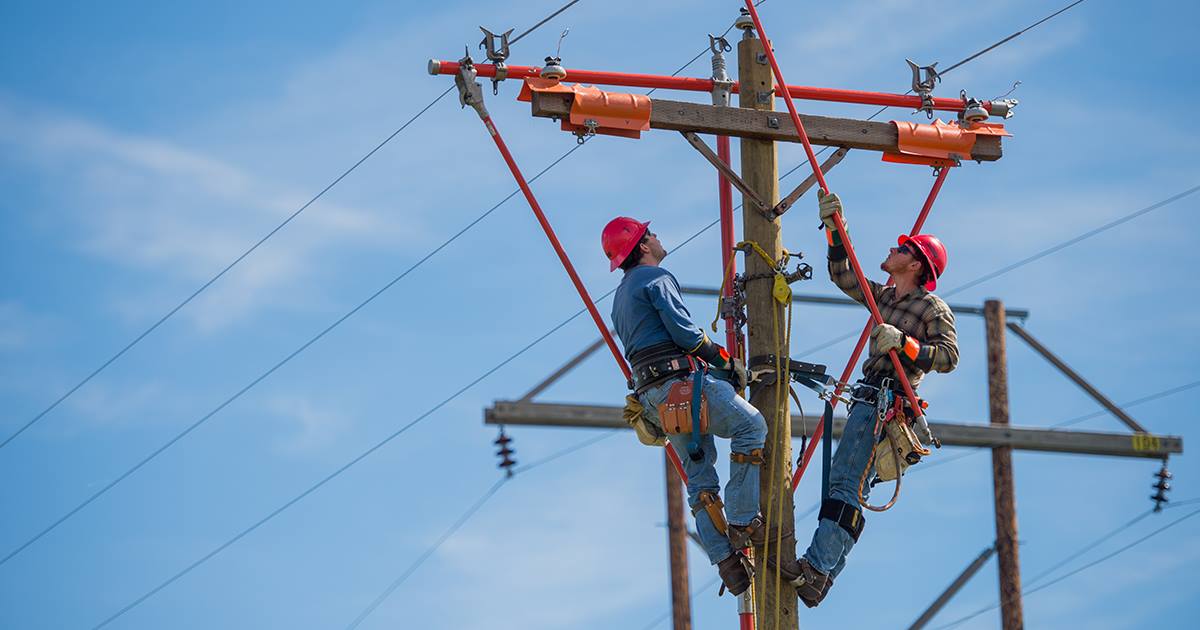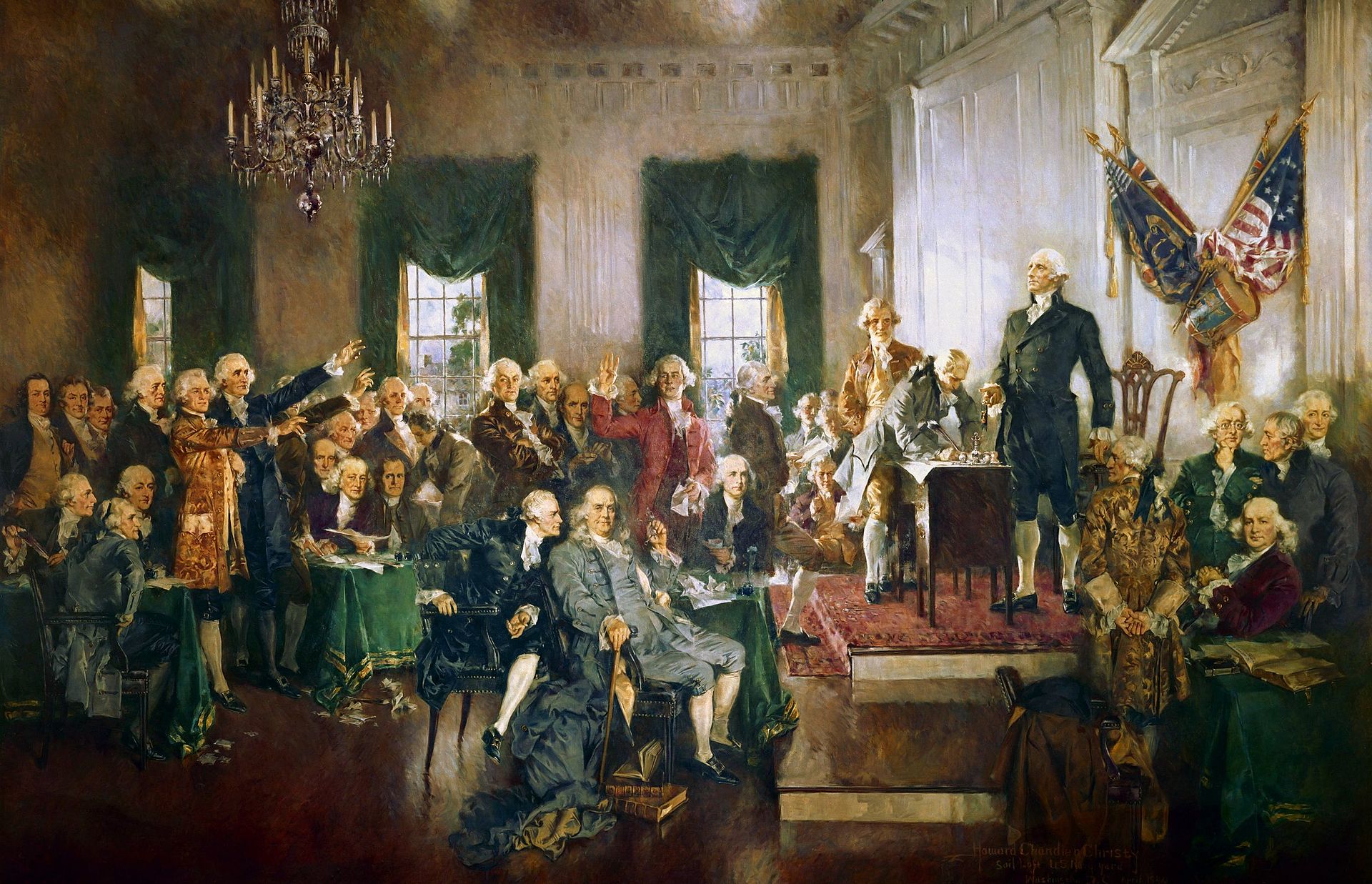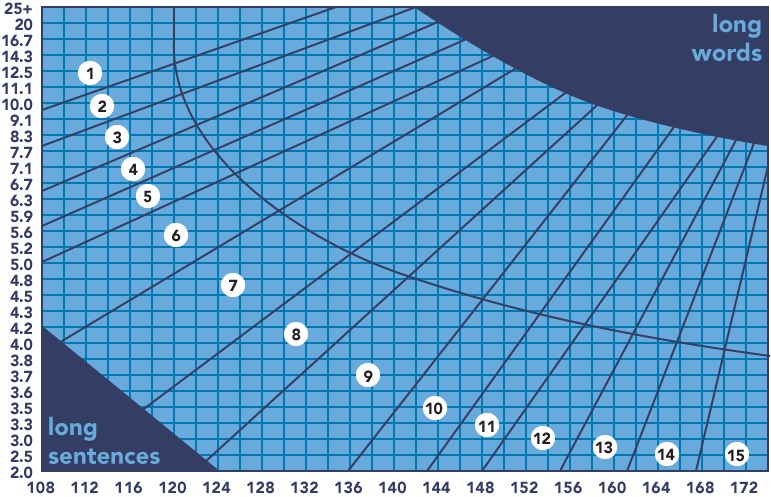Author Archives: mike@standardsmichigan.com
- Home
- Articles posted by mike@standardsmichigan.com (Page 7)

Energy Standard for Data Centers
2024 Update to ASHRAE Position Statements
List of Titles, Scopes and Purposes of the ASHRAE Catalog
The parent title of this standard is ASHRAE Standard 90.1: Energy Standard for Buildings Except Low-Rise Residential Buildings and is continually under revision; frequently appearing in electrical engineering design guidelines, construction specifications, commissioning and O&M titles in our industry and others.
ASHRAE 90.4 defines an alternate compliance path, specific to data centers, while the compliance requirements for “non-data center” components are contained in ASHRAE 90.1 . The 90.4 structure also streamlines the ongoing maintenance process as well ensures that Standards 90.1 and 90.4 stay in their respective lanes to avoid any overlap and redundancies relating to the technical and administrative boundaries. Updates to ASHRAE 90.1 will still include the alternate compliance path defined in ASHRAE 90.4. Conversely the 2022 Edition of 90.4-2022 refers to ASHRAE 90.1-2022; cross-referencing one another synchronously
Links to noteworthy coverage from expert agencies on the 2022 revisions:
HPC Data Center Cooling Design Considerations
ASHRAE standard 90.4 updates emphasize green energy
ASHRAE updated its standard for data centers
How to Design a Data Center Cooling System for ASHRAE 90.4
Designing a Data Center with Computer Software Modeling
This title resides on the standing agenda of our Infotech 400 colloquium; hosted several times per year and as close coupled with the annual meetings of ASHRAE International as possible. Technical committees generally meet during these meetings make decisions about the ASHRAE catalog. The next all committee conference will be hosted January 20-24, 2024 in Chicago. As always we encourage education industry facility managers, energy conservation workgroups and sustainability professionals to participate directly in the ASHRAE consensus standard development process. It is one of the better facilities out there.
Start at ASHRAE’s public commenting facility:
Online Standards Actions & Public Review Drafts
Update: May 30, 2023
Proposed Addendum g makes changes to definitions were modified in section 3 and mandatory language in Section 6 to support the regulation of process heat and process ventilation was moved in the section for clarity. Other changes are added based on comments from the first public review including changes to informative notes.
Consultation closes June 4th
Update: February 10, 2023
The most actively managed consensus standard for data center energy supply operating in education communities (and most others) is not published by the IEEE but rather by ASHRAE International — ASHRAE 90.4 Energy Standard for Data Centers (2019). It is not required to be a free access title although anyone may participate in its development. It is copyrighted and ready for purchase but, for our purpose here, we need only examine its scope and purpose. A superceded version of 90.4 is available in the link below:
Third ISC Public Review Draft (January 2016)
Noteworthy: The heavy dependence on IEEE power chain standards as seen in the Appendix and Chapter 8. Recent errata are linked below:
We provide the foregoing links for a deeper dive “into the weeds”. Another addendum has been released for consultation; largely administrative:
ASHRAE 90.4 | Pages 60-61 | Consultation closes January 15, 2023.
It is likely that the technical committee charged with updating this standard are already at work preparing an updated version that will supercede the 2019 Edition. CLICK HERE for a listing of Project Committee Interim Meetings.
We maintain many titles from the ASHRAE catalog on the standing agenda of our Mechanical, Energy 200/400, Data and Cloud teleconferences. See our CALENDAR for the next online meeting; open to everyone.
Originally posted Summer 2020.
ASHRAE International has released four new addenda to its energy conservation consensus document ASHRAE 90.4-2016 Energy Standard for Data Centers. This document establishes the minimum energy efficiency requirements of data centers for design and construction, for the creation of a plan for operation and maintenance and for utilization of on-site or off-site renewable energy resources.
It is a relatively new document more fully explained in an article published by ASHRAE in 2016 (Click here). The addenda described briefly:
Addendum a – clarifies existing requirements in Section 6.5 as well as introduce new provisions to encourage heat recovery within data centers.
Addendum b – clarifies existing requirements in Sections 6 and 11 and to provide guidance for taking credit for renewable energy systems.
Addendum d – a response to a Request for Interpretation on the 90.4 consideration of DieselRotary UPS Systems (DRUPS) and the corresponding accounting of these systems in the Electrical Loss Component (ELC). In crafting the IC, the committee also identified several marginal changes to 90.4 definitions and passages in Section 8 that would add further clarity to the issue. This addendum contains the proposed changes for that aim as well as other minor changes to correct spelling or text errors, incorporate the latest ELC values into Section 11, and to refresh information in the Normative Reference.
Addendum e adds language to Section 11 intended to clarify how compliance with Standard 90.4 can be achieved through the use of shared systems.
Comments are due September 6th. Until this deadline you may review the changes and comment upon them by by CLICKING HERE
Education facility managers, energy conservation workgroups and sustainability professionals are encouraged to participate directly in the ASHRAE standard development process. Start at ASHRAE’s public commenting facility:
Online Standards Actions & Public Review Drafts
The ASHRAE catalog is a priority title in our practice. This title appears on the standing agenda of our Infotech sessions. See our CALENDAR for the next online meeting; open to everyone.
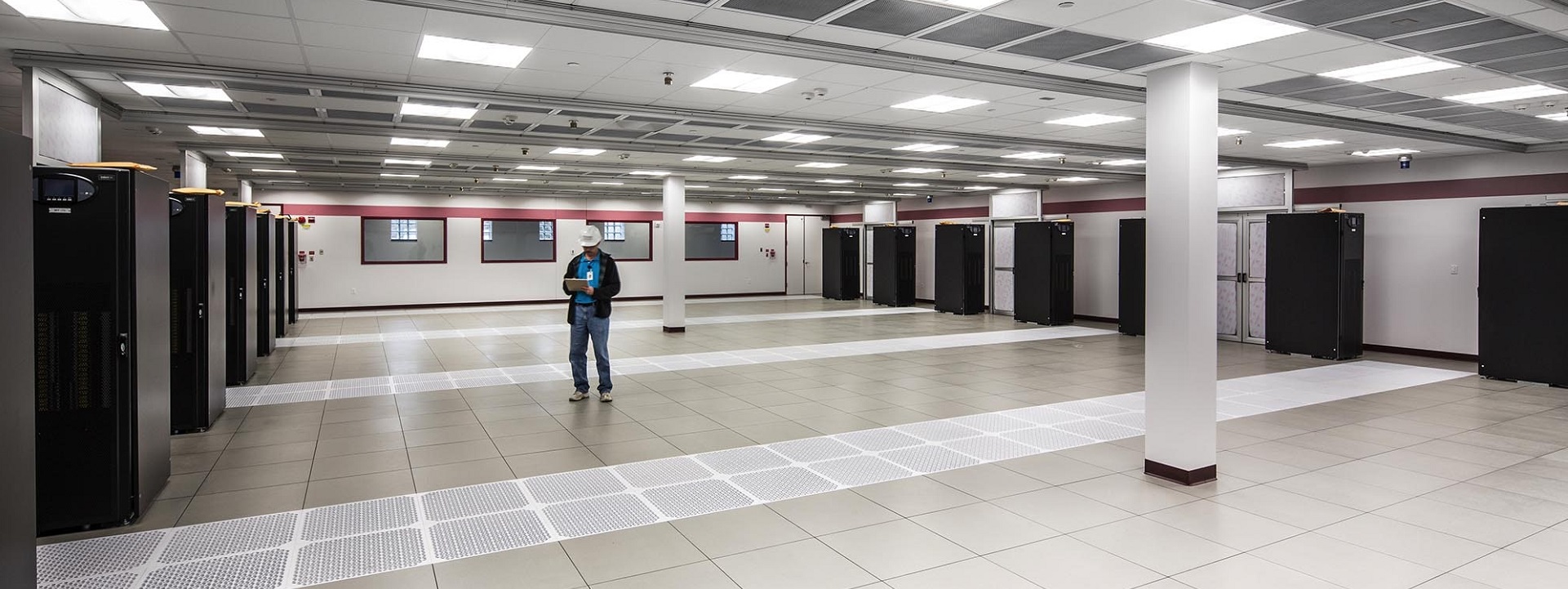



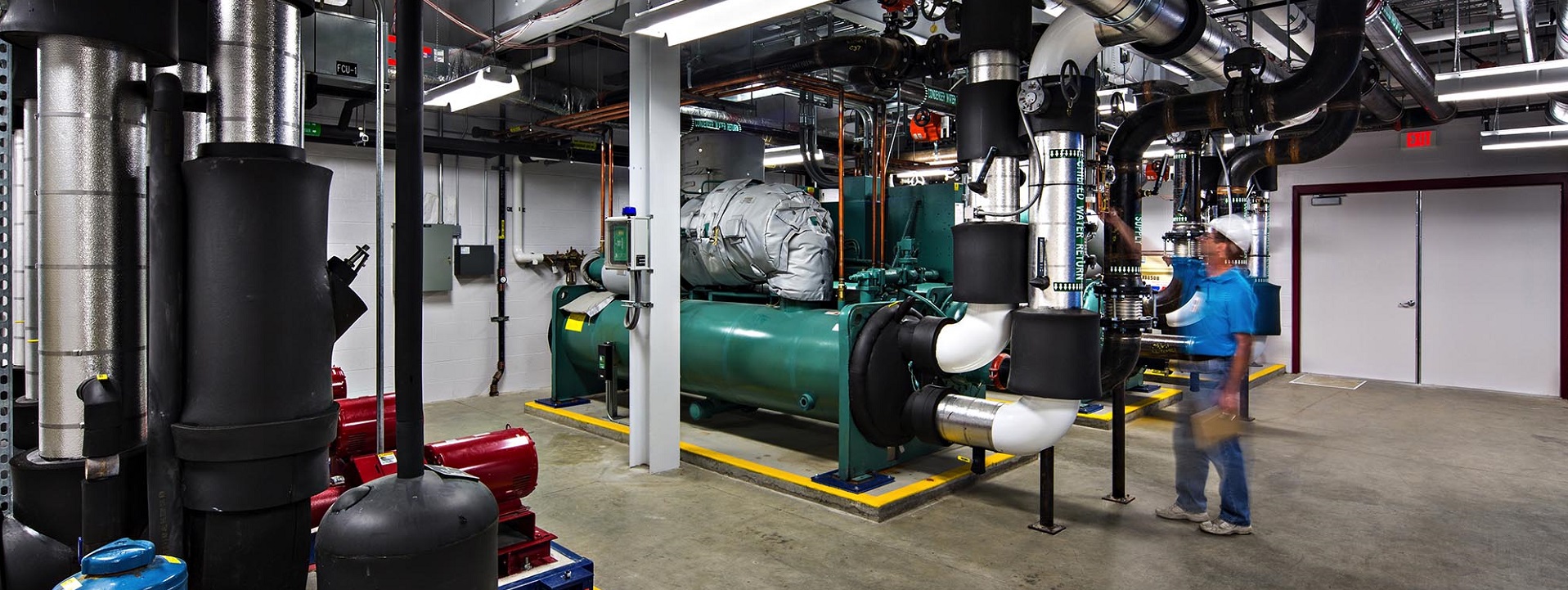


Issue: [12-54]
Category: Telecommunications, Infotech, Energy
Colleagues: Mike Anthony, Robert G. Arno, Neal Dowling, Jim Harvey, Mike Hiler, Robert Schuerger, Larry Spielvogel
Christmas Bread & “Liberty Teas”
“Having visited my great grandmother, Omi, in Germany multiple times growing up, I’ve always had a special connection to German baked goods. While I have yet to find the perfect German pretzel in the U.S. or a recipe that yields a decent replica, I have discovered that stollen — a traditional German Christmas bread — is relatively easy to recreate in my own kitchen.” — Alison Tashima, Class of 2024
More:
Thomas Jefferson’s Masterpiece
Thomas Jefferson & the University of Virginia
University of Virginia Financial Report: 2023 Net Position $12.580B
University of Virginia Capital Construction & Renovations
2025 Security & Fire Safety Report
The recent tragedy inspires a need to review relevant safety standards. Today, a very brief examination and discussion about whether there is an enforceable standard solution that already exists, or is there an affordable solution to remediate a gap. Just a very cursory review today during our Open Office Hour.
2025 Annual Security Report and Annual Fire Safety Report
2028 National Electrical Safety Code
IEEE Standards Association Public Review
Related Issues and Recent Research | Federal Legislation
This title sets the standard of care for construction, operation and maintenance of power and telecommunication infrastructure on the supply side of the point of common coupling. It is the first title to contemplate when weather disasters happen; with most public utilities bound to its best practice assertions by statute. Pre-print of Change Proposals for changes to appear in 2028 Edition will be available by 1 July 2025; with 24 March 2026 as the close date for comments on proposed changes.
Project Introduction for the 2028 Edition (2:39 minutes)
Changes proposals for the Edition will be received until 15 May 2024
Project Workspace: Update Data Tables in IEEE Recommended Practice for the Design of Reliable Industrial and Commercial Power Systems
Federal Energy Regulatory Commission: Electrical Resource Adequacy
NARUC Position on NFPA (NEC) and IEEE (NESC) Harmonization
The standard of care for electrical safety at high and low voltage is set by both the NEC and the NESC. There are gaps, however (or, at best “gray areas”) — the result of two technical cultures: utility power culture and building fire safety culture. There is also tradition. Local system conditions and local adaptation of regulations vary. Where there is a gap; the more rigorous requirement should govern safety of the public and workers.
The 2023 National Electrical Safety Code (NESC)– an IEEE title often mistaken for NFPA’s National Electrical Code (NEC) — was released for public use about six months ago; its normal 5-year revision cycle interrupted by the circumstances of the pandemic. Compared with the copy cost of the NEC, the NESC is pricey, though appropriate for its target market — the electric utility industry. Because the 2023 revision has not been effectively “field tested” almost all of the available support literature is, effectively, “sell sheets” for pay-for seminars and written by authors presenting themselves as experts for the battalions of litigators supporting the US utility industry. Without the ability to sell the NESC to prospective “insiders” the NESC would not likely be commercial prospect for IEEE. As the lawsuits and violations and conformance interests make their mark in the fullness of time; we shall see the 2023 NESC “at work”.
Office of the President: Economic Benefits of Increasing Electric Grid Resilience to Weather Outages
Change Proposals are now being accepted from the public for revisions to the 2023 Edition of the National Electrical Safety Code® #NESC through 15 May 2024.
Learn more: https://t.co/jbxWtLPS6r pic.twitter.com/FRvZly1DoH
— IEEE Standards Association | IEEE SA (@IEEESA) April 11, 2024
“Science can amuse and fascinate us all, but it is engineering that changes the world.”
– Isaac Asimov pic.twitter.com/IDl3dWLVgn— World of Engineering (@engineers_feed) February 26, 2024
Research Tracks:
Reliability of Communication Systems needed for the autonomous vehicle transformation
- Smart Grid Technologies:
- Investigating advanced technologies to enhance the efficiency, reliability, and sustainability of power grids.
- Energy Storage Systems:
- Researching and developing new energy storage technologies to improve grid stability and accommodate intermittent renewable energy sources.
- Distributed Generation Integration:
- Studying methods to seamlessly integrate distributed energy resources such as solar panels and wind turbines into the existing power grid.
- Grid Resilience and Security:
- Exploring technologies and strategies to enhance the resilience of power grids against cyber-attacks, natural disasters, and other threats.
- Demand Response Systems:
- Researching ways to improve demand-side management and develop systems that allow consumers to actively participate in grid balancing.
University of Groningen: Smart Grid Blockchains
- Researching ways to improve demand-side management and develop systems that allow consumers to actively participate in grid balancing.
- Advanced Sensors and Monitoring:
- Developing new sensor technologies and monitoring systems to enhance grid visibility, detect faults, and enable predictive maintenance.
- Power Quality and Reliability:
- Studying methods to improve power quality, reduce voltage fluctuations, and enhance overall grid reliability.
- Integration of Electric Vehicles (EVs):
- Researching the impact of widespread electric vehicle adoption on the grid and developing smart charging infrastructure.
- Grid Automation and Control:
- Exploring advanced automation and control strategies to optimize grid operations, manage congestion, and improve overall system efficiency.
- Campus Distribution Grid Selling and Buying
Standards:
Presentation | FERC-NERC-Regional Entity Joint Inquiry Into Winter Storm Elliott
IEEE Guide for Joint Use of Utility Poles with Wireline and/or Wireless Facilities
NESC Rule 250B and Reliability Based Design
NESC Requirements (Strength and Loading)
Engineering Analysis of Possible Effects of 2017 NESC Change Proposal to Remove 60′ Exemption
Joint Use of Electric Power Transmission & Distribution Facilities and Equipment
A Framework to Quantify the Value of Operational Resilience for Electric Power Distribution Systems
Technologies for Interoperability in Microgrids for Energy Access
National Electrical Safety Code: Revision Cycles 1993 through 2023
February 24, 2023
The new code goes into effect 1 February 2023, but is now available for access on IEEE Xplore! Produced exclusively by IEEE, the National Electrical Safety Code (NESC) specifies best practices for the safety of electric supply and communication utility systems at both public and private utilities. The bibliography is expanding rapidly:
NESC 2023: Introduction to the National Electrical Safety Code
NESC 2023: Safety Rules for Installation and Maintenance of Overhead Electric Supply
NESC 2023: Rules for Installation and Maintenance of Electric Supply Stations
October 31, 2022
The IEEE NESC technical committee has released a “fast track” review of proposed changes to fault-managed power system best practice:
CP5605 Provides a definition of new Fault Managed Power System (FMPS) circuits used for the powering of
communications equipment clearly defines what constitutes a FMPS circuit for the purposes of application of the NESC
Rules of 224 and 344
https://ieee-sa.imeetcentral.com/p/eAAAAAAASPXtAAAAADhMnPs
CP5606 Provides new definitions of Communication Lines to help ensure that Fault Managed Power Systems (FMPS)
circuits used for the exclusive powering of communications equipment are clearly identified as communications lines
and makes an explicit connection to Rule 224B where the applicable rules for such powering circuits are found.
https://ieee-sa.imeetcentral.com/p/eAAAAAAASPXpAAAAAFfvWIs
CP5607 The addition of this exception permits cables containing Fault Managed Power System (FMPS) circuits used for
the exclusive powering of communications equipment to be installed without a shield.
https://ieee-sa.imeetcentral.com/p/eAAAAAAASPXuAAAAAEEt3p4
CP5608 The addition of this exception permits cables containing Fault Managed Power System (FMPS) circuits used for
the exclusive powering of communications equipment to be installed without a shield.
https://ieee-sa.imeetcentral.com/p/eAAAAAAASPXvAAAAAGrzyeI
We refer them to the IEEE Education & Healthcare Facilities Committee for further action, if any.
August 5, 2022
We collaborate closely with the IEEE Education & Healthcare Facilities Committee (IEEE E&H) to negotiate the standard of care for power security on the #SmartCampus since many campus power systems are larger than publicly regulated utilities. Even when they are smaller, the guidance in building the premise wiring system — whether the premise is within a building, outside the building (in which the entire geography of the campus footprint is the premise), is inspired by IEEE Standards Association administrated technical committees.
Today we begin a list of noteworthy changes to be understood in the next few Power colloquia. See our CALENDAR for the next online meeting.
- New rules 190 through 195 cover photovoltaic generating stations. Rule 116c adds an exception for short lengths of insulated power cables and short-circuit protection if the situation involves fewer than 1,000 volts.
- Rule 320B has been revised to clarify separations that apply to communications and supply in different conduit systems.
- Table 410-4 is based on the latest arc flash testing on live-front transformers.
- Rule 092A adds an exception allowing protection, control, and safety battery systems to not be grounded.
- Rules 234 B1, C1, D1 were revised to better present vertical and horizontal wind clearances, and to coordinate requirements with the new Table 234-7.
- Rule 120A was revised to provide correction factors for clearances on higher elevations.
- Table 253-1 has been revised to reduce the load factor for fiber-reinforced polymer components under wire tension—including dead ends—for Grade C construction.
- Rule 410A now requires a specific radio-frequency safety program for employees who might be exposed.
- In the Clearances section, as well as in the specification of the Grade of Construction in Table 242-1, the Code further clarifies the use of non-hazardous fiber optic cables as telecom providers continue to expand their networks.
- Revisions in the Strength & Loading sections include modified Rule 250C, which addresses extreme wind loading for overhead lines. Two wind maps are now provided instead of the previous single one. A map for Grade B, the highest grade of construction, with a Mean Recurrence Interval (MRI) of 100 years (corresponding to a one percent annual probability of occurrence) is provided in place of the previous 50–90-year MRI map. For Grade C construction, a separate 50-year MRI (two percent annual probability of occurrence) map is now provided. In the previous Code, a factor was applied to the 50–90-year MRI map for application to Grade C.
- Changes were also made to the method of determining the corresponding wind loads, consistent with the latest engineering practices as an example of a Code revision focused on public safety, the ground end of all anchor guys adjacent to regularly traveled pedestrian thoroughfares, such as sidewalks, and similar places where people can be found must include a substantial and conspicuous marker to help prevent accidents. The previous Code did not require the marking of every such anchor guy.
- Significant revisions were made in Section 14 covering batteries. Previous editions of the code were based on lead-acid technology and batteries only used for backup power. The 2023 Code incorporates the new battery technologies and addresses energy storage and backup power.
- A new Section 19 of the code covers photovoltaic generating stations, with sections addressing general codes, location, grounding configurations, vegetation management, DC overcurrent protection, and DC conductors. These new rules accommodate large-scale solar power projects.
- In the Clearances section, all rules for wireless antenna structures have been consolidated in the equipment section (Rule 238 and 239), which makes the Code more user-friendly.
- A new subcommittee was created focusing on generating stations, with the original subcommittee continuing to address substations.
- A working group is investigating Fault Managed Power Systems (FMPS) cables as the technology may be used for 5G networks. The team is looking at possible impacts, including clearances and work rules.
After "slipping a pole" in its revision cadence (owed to the circumstances of the pandemic) the 2023 NESC is rolling out for incorporation by reference into public safety laws relevant to education communities with #WiseCampus ambitions.@ieee_pes @IEEESAhttps://t.co/7EaTBgxa8X pic.twitter.com/jPvZNYzWBi
— IEEECampus (@IEEECampus) August 5, 2022
February 18, 2021
Several proposals recommending improvements to the 2017 National Electrical Safety Code (NESC) were submitted to the IEEE subcommittees drafting the 2022 revision of the NESC. Some of the proposals deal with coordination with the National Electrical Code — which is now in its 2023 revision cycle. Keep in mind that that NESC is revised every 5 years at the moment; the NEC is revised every 3 years.
The original University of Michigan standards advocacy enterprise has been active in writing the NESC since the 2012 edition and set up a workspace for use by electrical professionals in the education industry. We will be using this workspace as the 2022 NESC continues along its developmental path:
The revision schedule — also revised in response to the circumstances of the pandemic — is linked below::
NESC 2023 Edition Revision Schedule*
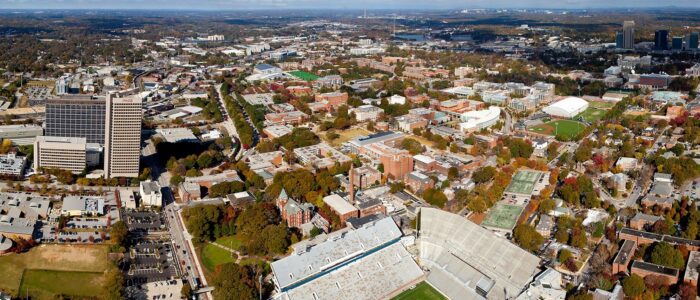


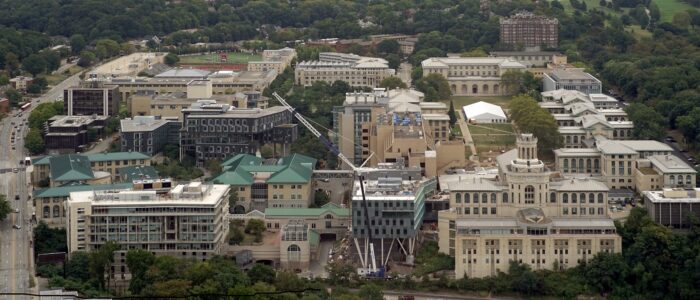

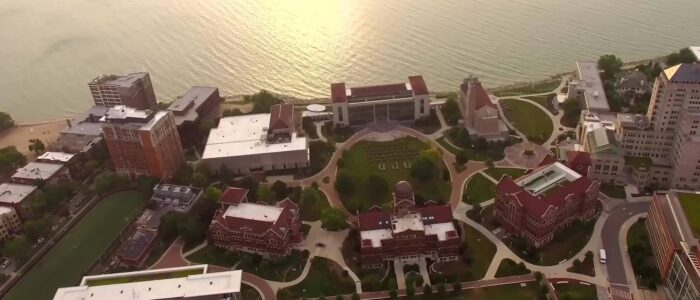
The NESC is a standing item on the 4-times monthly teleconferences of the IEEE Education & Healthcare Facilities committee. The next online meeting is shown on the top menu of the IEEE E&H website:
We have a copy of the first draft of the 2023 NESC and welcome anyone to join us for an online examination during any of Power & ICT teleconferences. See our CALENDAR for the next online meeting.
Business unit leaders, facility managers and electrical engineers working in the education facilities industry may be interested in the campus power system reliability database. Forced outages on large research campuses, for example, can have enterprise interruption cost of $100,000 to $1,000,000 per minute. The campus power system forced outage database discriminates between forced outages attributed to public utility interruptions and forced outages attributed to the university-owned power system. The E&H committee will convey some of the discipline applied by the IEEE 1366 technical committee into its study of campus power systems and, ultimately, setting a benchmark for the standard of care for large university power systems.
* The IEEE changed the nominal date of the next edition; likely owed to pandemic-related slowdown typical for most standards developing organizations.
Issue: [16-67]
Contact: Mike Anthony, Robert G. Arno, Lorne Clark, Nehad El-Sharif, Jim Harvey, Kane Howard, Joe Weber, Guiseppe Parise, Jim Murphy
Category: Electrical, Energy Conservation & Management, Occupational Safety
ARCHIVE: University of Michigan Advocacy in the NESC 2007 – 2017
The 2023 National Electrical Safety Code (#NESC) will be published this August. Stay tuned for new resources from #IEEE coming soon! Read about the upcoming changes here:https://t.co/VLXCNaf74S
— IEEE Educational Activities (@IEEEeducation) June 8, 2022
LEARN MORE:
P1366 – Guide for Electric Power Distribution Reliability Indices
University Design Guidelines that reference the National Electrical Safety Code
Holiday Leftovers
This content is accessible to paid subscribers. To view it please enter your password below or send mike@standardsmichigan.com a request for subscription details.
2026 National Patent Application Drafting Competition
The NPADC is a team competition for law students to develop skills in drafting patent applications, focusing on U.S. patent law. Teams receive a hypothetical invention statement, conduct prior art searches, draft specifications and claims, and present their work to judges, including patent examiners and practitioners. For 2025, the invention was an extra-uterine system for supporting premature fetuses, indicating the complexity of tasks involved
There is no publicly available timetable for the 2026 National Patent Application Drafting Competition (NPADC) from the United States Patent and Trademark Office (USPTO) as of the latest available information. The USPTO typically releases detailed schedules for the NPADC closer to the competition year, often in the fall of the preceding year (e.g., October or November 2025 for the 2026 competition).
After months of hard work, the top five teams met at USPTO headquarters today for the final round of the 2025 National Patent Application Drafting Competition. 🏆 And the winners are … ⬇️
🥇 First place — @UofMNLawSchool pic.twitter.com/uwNSJR0oBy
— USPTO (@uspto) April 4, 2025
Thomas Jefferson was the leader in founding the United States Patent Office. Jefferson was a strong supporter of the patent system and believed that it was essential for promoting innovation and progress in the United States. As the first Secretary of State Jefferson was responsible for implementing the country’s patent system.
Article I, Section 8, Clause 8 of the United States Constitution reads as follows:
“The Congress shall have Power To promote the Progress of Science and useful Arts, by securing for limited Times to Authors and Inventors the exclusive Right to their respective Writings and Discoveries.”
In 1790, Jefferson drafted the first Patent Act, which established the procedures for applying for and granting patents. The act also created the United States Patent Office as a government agency to oversee the patent system. Jefferson appointed the first Patent Board, which was responsible for reviewing patent applications and making recommendations to the Secretary of State.
Jefferson was deeply involved in the early development of the Patent Office and was instrumental in shaping its policies and procedures. He believed that the patent system should be accessible to all inventors, regardless of their social or economic status, and he worked to streamline the patent application process to make it more efficient and user-friendly.
In recognition of his contributions to the development of the patent system, Jefferson is often referred to as the “Father of American Innovation.”
This clause grants Congress the authority to establish a system of patents and copyrights to protect the intellectual property of inventors and authors. The purpose of this system is to encourage innovation and creativity by providing inventors and authors with a temporary monopoly on their creations, allowing them to profit from their work and invest in future projects. The clause also emphasizes the importance of promoting the progress of science and the useful arts, reflecting the belief of the founders that the development of new technologies and inventions was essential for the growth and prosperity of the United States.
Over the years, the Patent Office has played a crucial role in the development of the United States as a technological leader, granting patents for inventions ranging from the telephone and the light bulb to the airplane and the computer. Today, the Patent Office is part of the United States Department of Commerce and is responsible for examining patent applications and issuing patents to inventors and companies.
Welcome to the 2025 National Patent Application Drafting Competition!
2024 National Patent Application Drafting Competition
Congratulations to the winners of this year’s National Patent Application Drafting Competition – Khailee, Bree, Rita, and Maria from @gwlaw, and thank you to all participants! Learn more about the competition: https://t.co/gB64fnXaM6 pic.twitter.com/FWqak6Mr1m
— USPTO (@uspto) April 14, 2023
From creating a race car safety device that protects drivers from injury to revolutionizing chemotherapy, Spartans have contributed to more than 3,300 inventions. #SpartansWill pic.twitter.com/dchCs0BFBx
— MSU (@michiganstateu) February 21, 2025
Design Standard Readability
Abstract. Research problem: Readability equations are widely used to compute how well readers will be able to understand written materials. Those equations were usually developed for nontechnical materials, namely, textbooks for elementary, middle, and high schools. This study examines to what extent computerized readability predictions are consistent for highly technical material – selected Society of Automotive Engineers (SAE) and International Standards Organization (ISO) Recommended Practices and Standards relating to driver interfaces. Literature review: A review of original sources of readability equations revealed a lack of specific criteria in counting various punctuation and text elements, leading to inconsistent readability scores. Few studies on the reliability of readability equations have identified this problem, and even fewer have systematically investigated the extent of the problem and the reasons why it occurs. Research questions:
(1) Do the most commonly used equations give identical readability scores?
(2) How do the scores for each readability equation vary with readability tools?
(3) If there are differences between readability tools, why do they occur?
(4) How does the score vary with the length of passage examined?
Method: Passages of varying lengths from 12 selected SAE and ISO Recommended Practices and Standards were examined using five readability equations (Flesch-Kincaid Grade Level, Gunning Fog Index, SMOG Index, Coleman-Liau Index, and Automated Readability Index) implemented five ways (four online readability tools and Microsoft Word 2013 for Windows). In addition, short test passages of text were used to understand how different readability tools counted text elements, such as words and sentences. Results and conclusions: The mean readability scores of the passages from those 12 SAE and ISO Recommended Practices and Standards ranged from the 10th grade reading level to about 15th. The mean grade reading levels computed across the websites were: Flesch-Kincaid 12.8, Gunning Fog 15.1 SMOG 12.6, Coleman-Liau 13.7, and Automated Readability Index 12.3. Readability score estimates became more consistent as the length of the passage examined increased, with no noteworthy improvements beyond 900 words. Among the five readability tools, scores typically differed by two grade levels, but the scores should have been the same. These differences were due to how compound and hyphenated words, slashes, numbers, abbreviations and acronyms, and URLs were counted, as well other punctuation and text elements. These differences occurred because the sources for these equations often did not specify how to score various punctuation and text elements. Of the tools examined, the authors recommend Microsoft Word 2013 for Windows if the Flesch-Kincaid Grade Level is required.
ICYMI. The OED has recently been updated with:
new words, phrases and senses added
more than 1,000 entries revised
new audio files and pronunciation transcriptions from Northern England and North-Eastern England
and more!Learn more: https://t.co/JCLcZzTtEQ pic.twitter.com/FhdbPKxBVZ
— The OED (@OED) April 4, 2025
Virginia Woolf: pic.twitter.com/8IPw1Fmevk
— Dr. Maya C. Popa (@MayaCPopa) May 25, 2023
Rock of Ages (סלע הגילאים)
Lyrics, Augustus Toplady 1776 | Calvin University Hymnary Kent County Michigan
Today’s weather is ‘snow’ joke! ❄️ pic.twitter.com/JXxwEN6Vll
— Brown University (@BrownUniversity) December 20, 2024
New update alert! The 2022 update to the Trademark Assignment Dataset is now available online. Find 1.29 million trademark assignments, involving 2.28 million unique trademark properties issued by the USPTO between March 1952 and January 2023: https://t.co/njrDAbSpwB pic.twitter.com/GkAXrHoQ9T
— USPTO (@uspto) July 13, 2023
Standards Michigan Group, LLC
2723 South State Street | Suite 150
Ann Arbor, MI 48104 USA
888-746-3670








